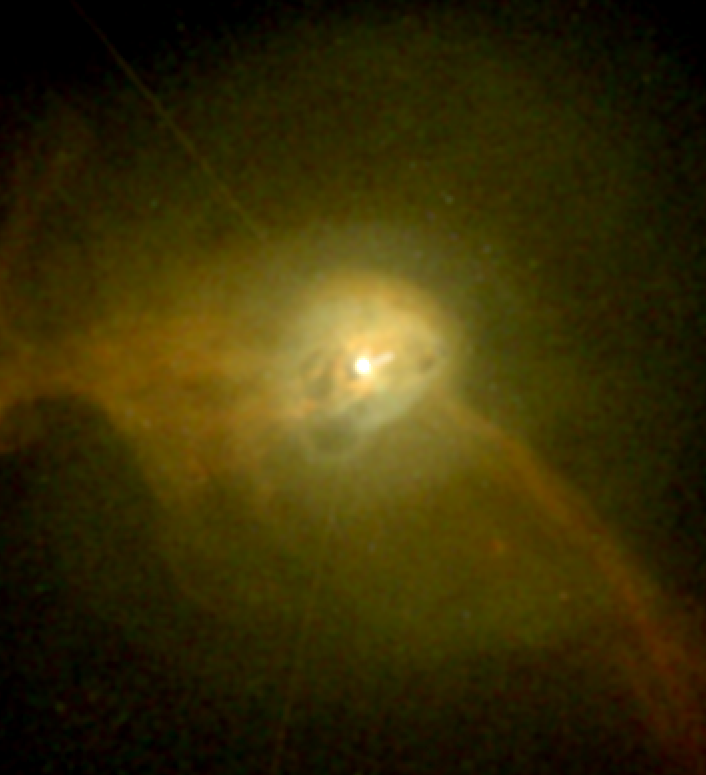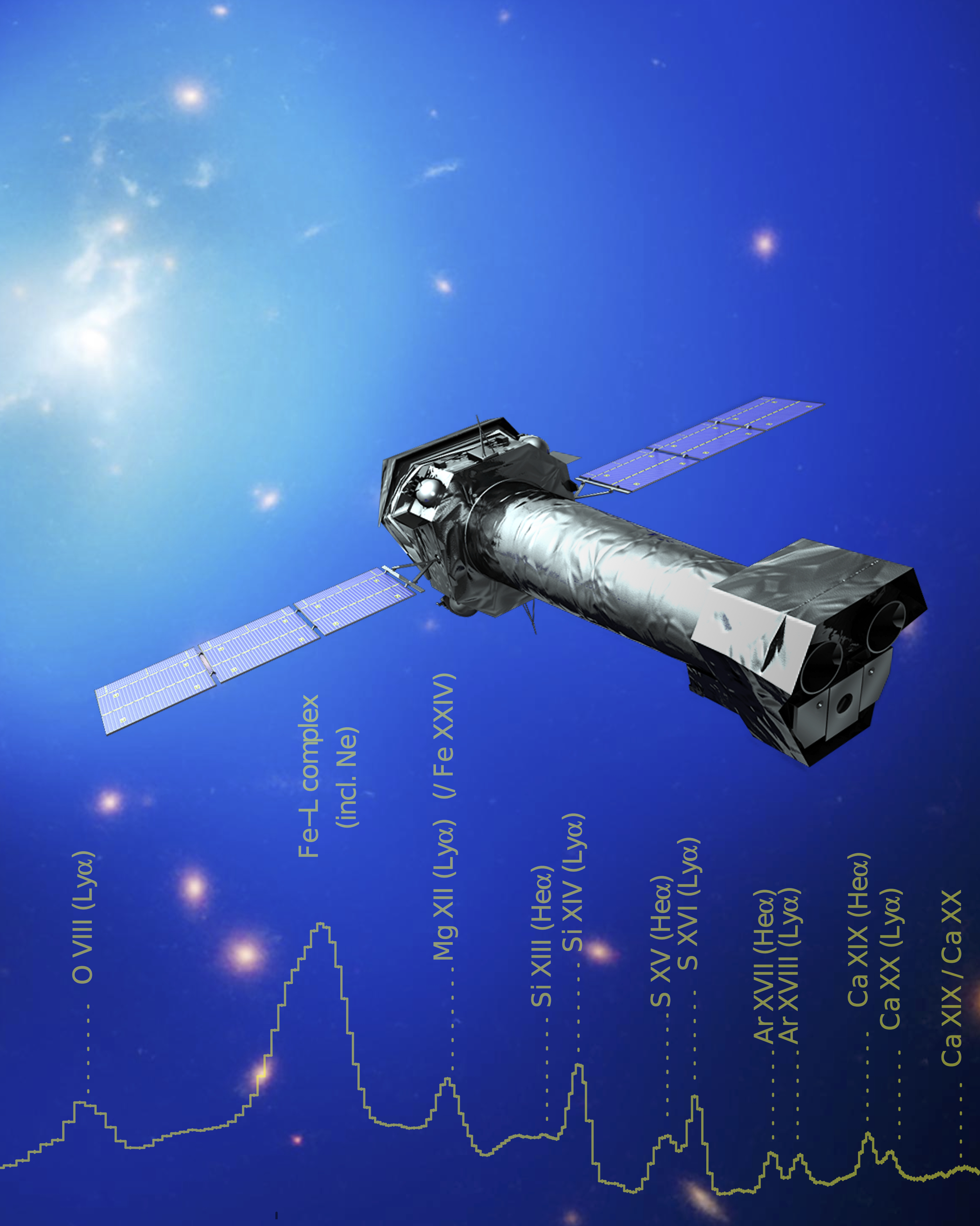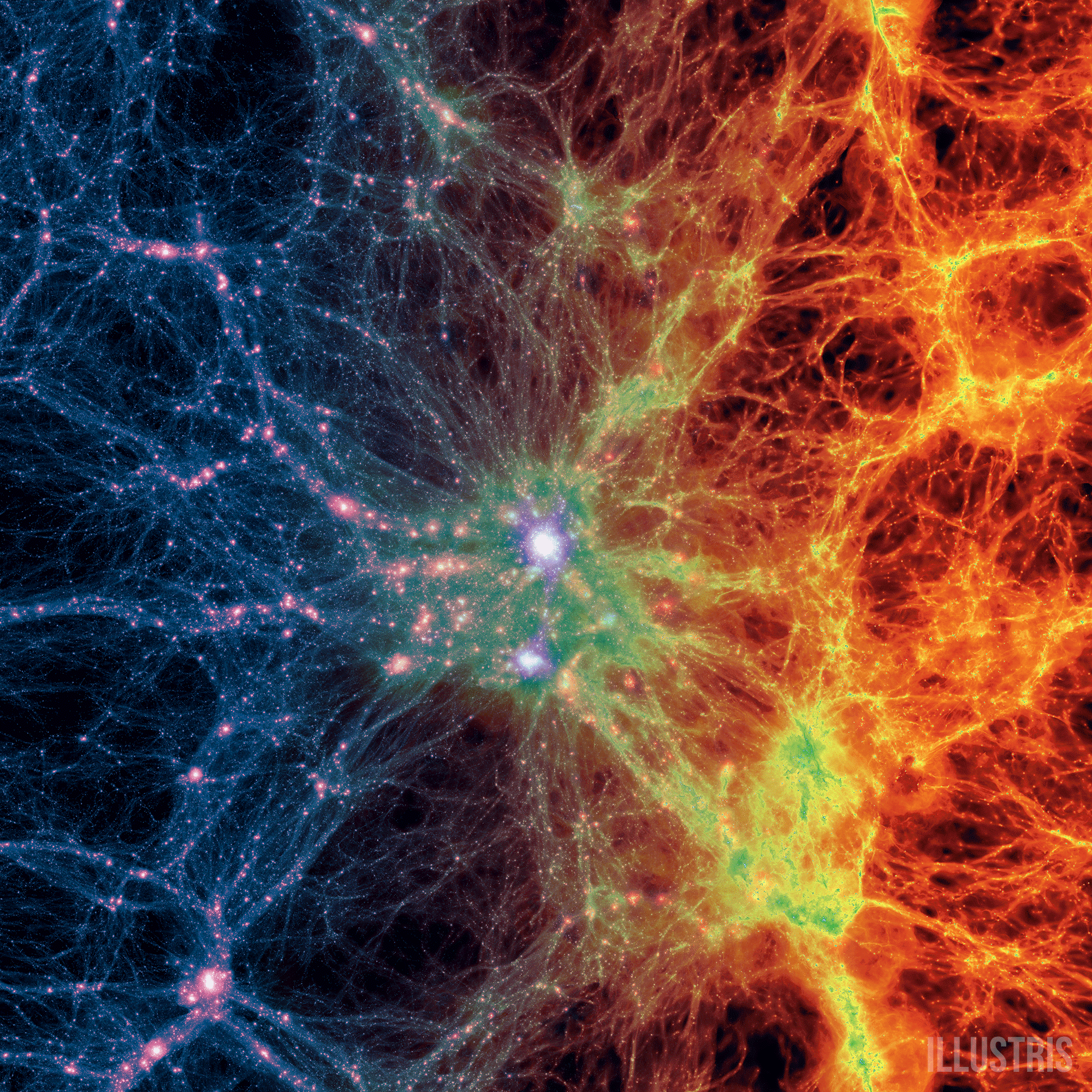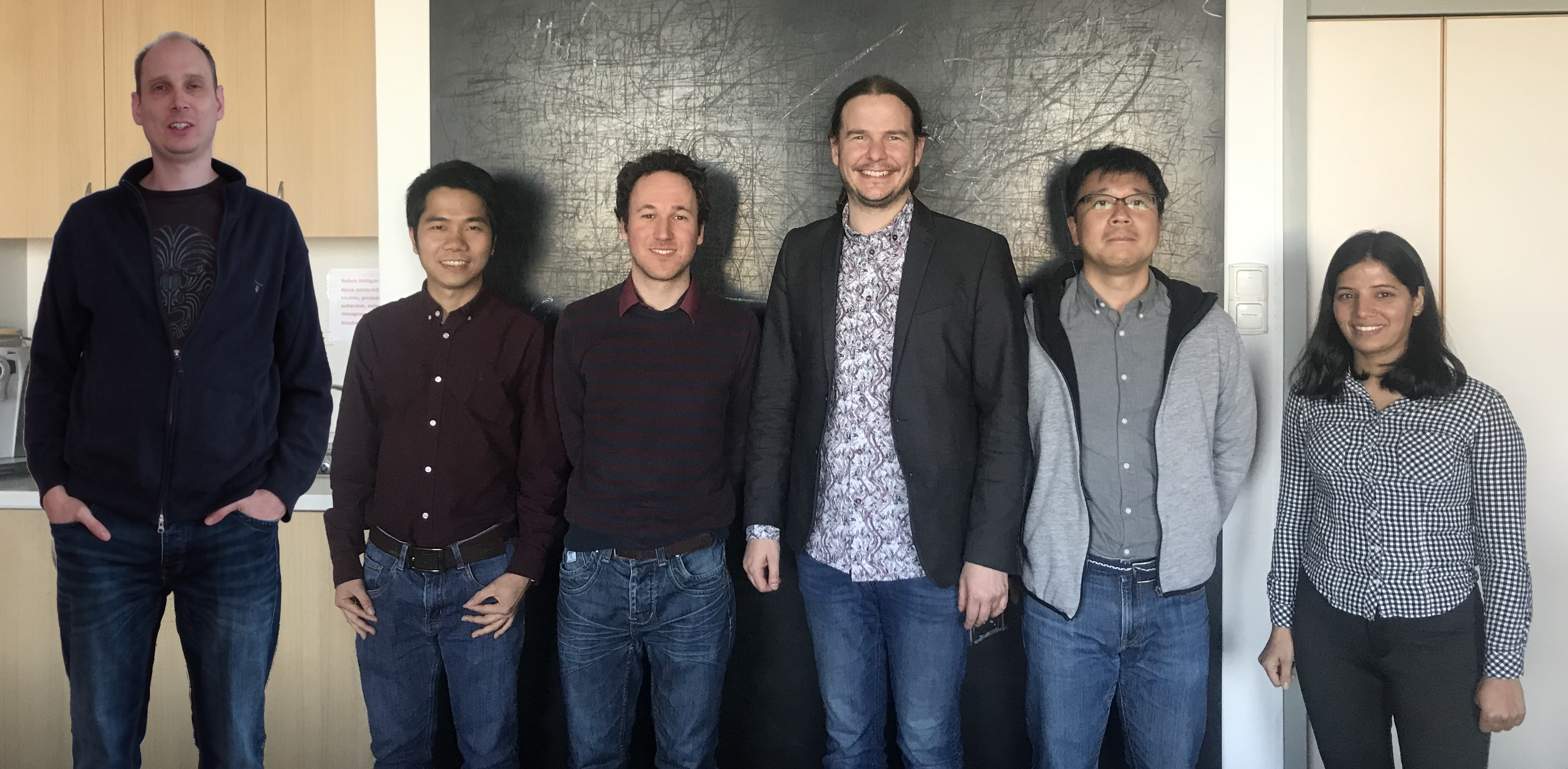Research Projects

CAMELOT (Cubesats Applied for MEasuring and
LOcalising Transients)
CAMELOT is a proposed fleet of nanosatellites to perform an all-sky monitoring and timing
based localisation of gamma-ray transients (see arXiv:1806.03681). The fleet of at least nine
CubeSats will be equipped with large and thin CsI(Tl) scintillator based soft gamma-ray
detectors read out by multi-pixel photon counters. For short gamma-ray bursts, by cross-
correlating their light curves, the fleet will be able to determine the source position with an
accuracy better than 0.5 degrees.
Involved people: Norbert Werner, Masanori Ohno, Jakub Řípa

Cold gas, AGN feedback and coevolution with SMBHs
in elliptical galaxies
Thanks to the recent advancements in detector technology, we now know that a large fraction of
giant elliptical galaxies contain not just the hot plasma which is their major baryonic constituent
and makes them radiate profusely in the X-rays, but also large quantities of cold gas as revealed
in the multi-wavelength observations of these systems. In our group, we are trying to understand
the origin of this cold gas, the interplay of the hot and cold phases and their roles in the AGN
feedback mechanism which is believed to quench star formation in these systems despite the
presence of large reservoirs of cold gas. We are also trying to understand how the central super-
massive black holes co-evolve with their hosts through galaxy mergers and AGN feedback.
Involved people: Kiran Lakhchaura, Norbert Werner, Nhut Truong

Chemical enrichment in galaxy and cluster
hot atmospheres
The hot plasma pervading the gravitational wells of massive elliptical galaxies as well as galaxy
groups and clusters is not pristine. Instead, these atmospheres are rich in chemical elements
originating from Type Ia and core-collapse supernovae. Determining accurately the spatial
distribution, cosmic evolution, and the abundance pattern of these elements provide crucial
information on the chemical history of the universe. This can be done with the current X-ray
observatories, but a new step forward will certainly be achieved with the advent of the next
generation missions (XRISM, Athena, Lynx, etc.).
Involved people: François Mernier, Norbert Werner, Nhut Truong, Kiran Lakhchaura

Cosmological simulations and comparison with
observational data
The hot inter-stellar and intra-cluster medium may exhibit complex structure of temperature
and metallicity, which may introduce biases in the estimation of X-ray quantities. In this regard,
state-of-the-art cosmological simulations can be particularly helpful in assessing those
potential observational biases. In addition, those simulations can also serve as an ideal
laboratory for studying the interplay between heating and cooling processes, e.g. radiative
cooling, stellar and AGN feedbacks, which play crucial role in the formation and evolution of hot
atmospheres in galaxies and clusters of galaxies. Finally, one can use cosmological simulations to
forecast what science can be achieved with future X-ray missions (e.g. ATHENA).
Involved people: Nhut Truong, Norbert Werner, François Mernier, Kiran Lakhchaura


